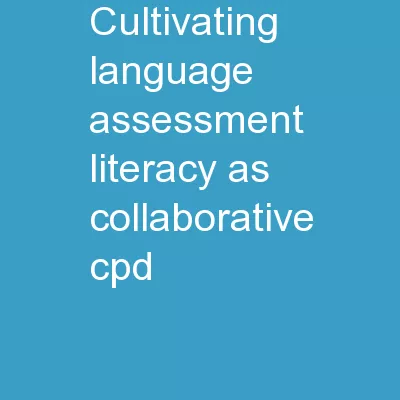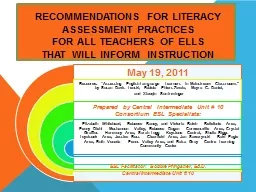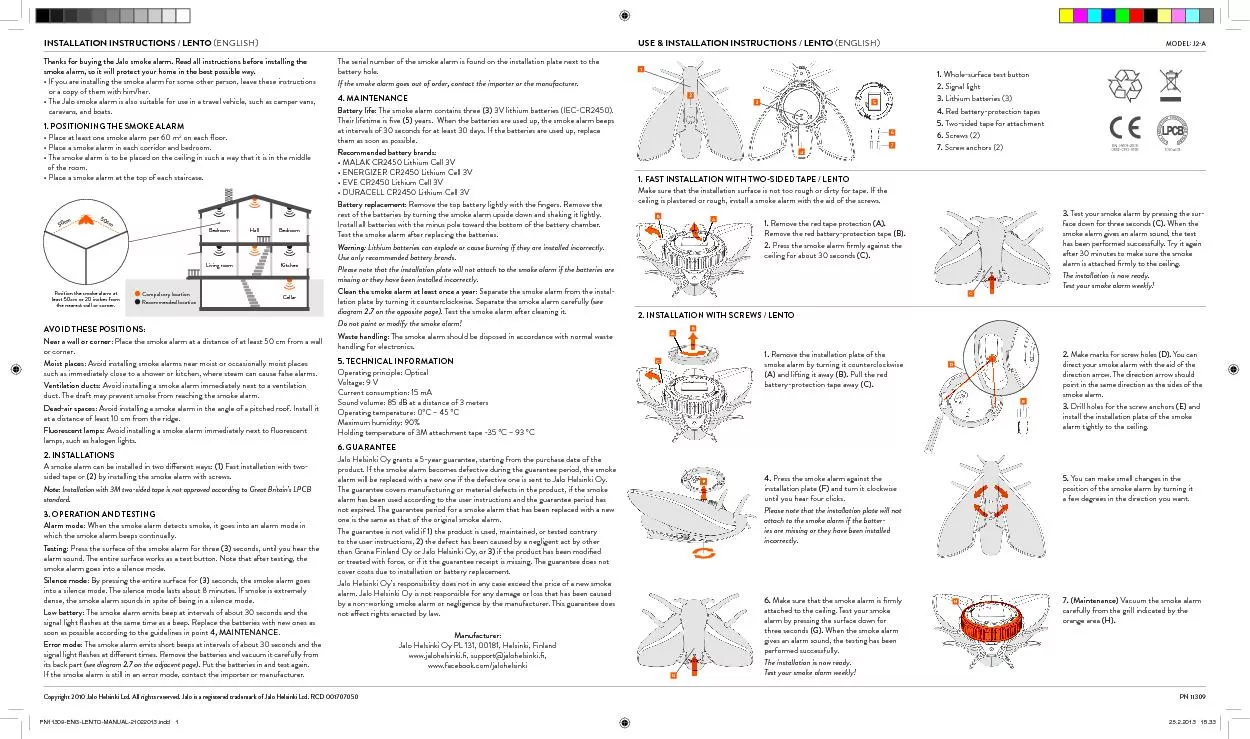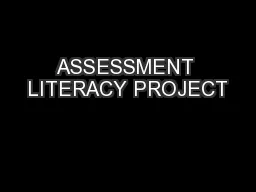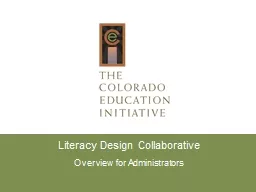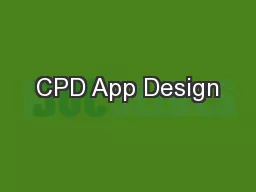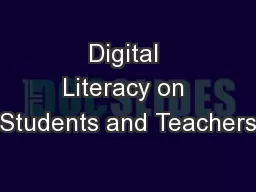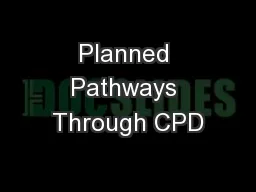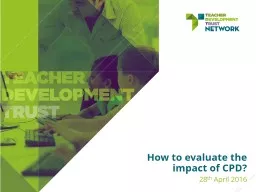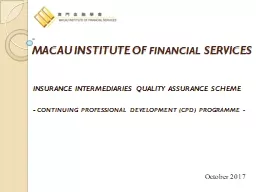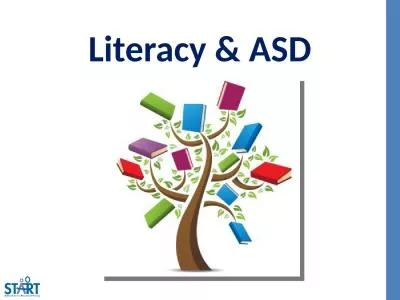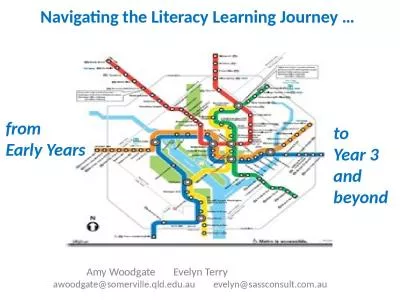PPT-Cultivating Language Assessment Literacy as Collaborative CPD
Author : trish-goza | Published Date : 2018-11-06
Glenn Fulcher httplanguagetestinginfo We need a test for our presessional by the end of next week Can you write it and Ill find someone who can give you a bit of
Presentation Embed Code
Download Presentation
Download Presentation The PPT/PDF document "Cultivating Language Assessment Literacy..." is the property of its rightful owner. Permission is granted to download and print the materials on this website for personal, non-commercial use only, and to display it on your personal computer provided you do not modify the materials and that you retain all copyright notices contained in the materials. By downloading content from our website, you accept the terms of this agreement.
Cultivating Language Assessment Literacy as Collaborative CPD: Transcript
Download Rules Of Document
"Cultivating Language Assessment Literacy as Collaborative CPD"The content belongs to its owner. You may download and print it for personal use, without modification, and keep all copyright notices. By downloading, you agree to these terms.
Related Documents

